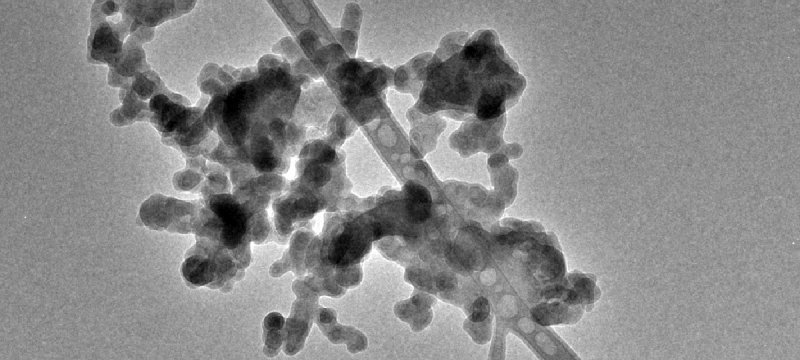Like Snowflakes, Soot Particles Are Unique—Affecting Climate Modeling
Published: 23 March 2020
New understanding of modeling soot in the atmosphere underscores the importance of reducing carbon emissions

Black carbon particles—more commonly known as soot—absorb heat in the atmosphere. For years, scientists have known that these particles are affecting Earth’s warming climate, but measuring their exact effect has proved elusive.
Researchers at Michigan Technological University and Brookhaven National Laboratory (BNL), along with partners at other universities, industry, and national labs, have determined that while the shape of particles containing black carbon does have some effect on atmospheric warming, it’s important to account for the structural differences in soot particles, as well as how the particles interact with other organic and inorganic materials that coat black carbon as it travels through the atmosphere.
In the March 10, 2020, issue of the Proceedings of the National Academy of Sciences, the team provides a framework that reconciles model simulations with laboratory and empirical observations. This framework can be used to improve estimates of black carbon’s impact on climate.
The U.S. Department of Energy (DOE) Office of Science and the Atmospheric Radiation Measurement (ARM) user facility supported BNL’s role in this work. Lead author Laura Fierce of Brookhaven National Laboratory received support from DOE’s Atmospheric System Research program. Co-author Swarup China received support from the Environmental Molecular Sciences Laboratory, which like ARM is a DOE scientific user facility.
For more information, read the full news release from Michigan Technological University.
Keep up with the Atmospheric Observer
Updates on ARM news, events, and opportunities delivered to your inbox
ARM User Profile
ARM welcomes users from all institutions and nations. A free ARM user account is needed to access ARM data.


















